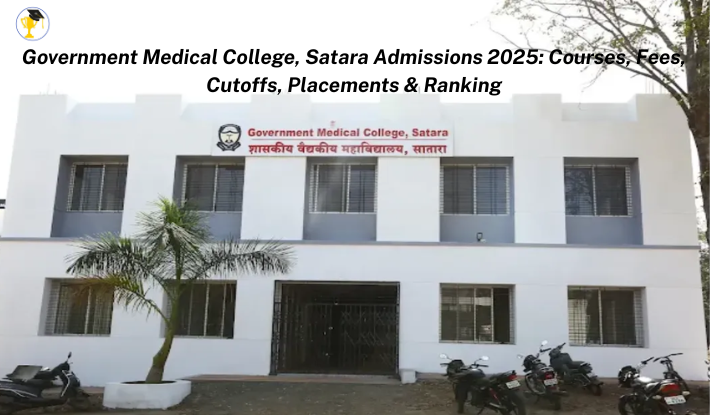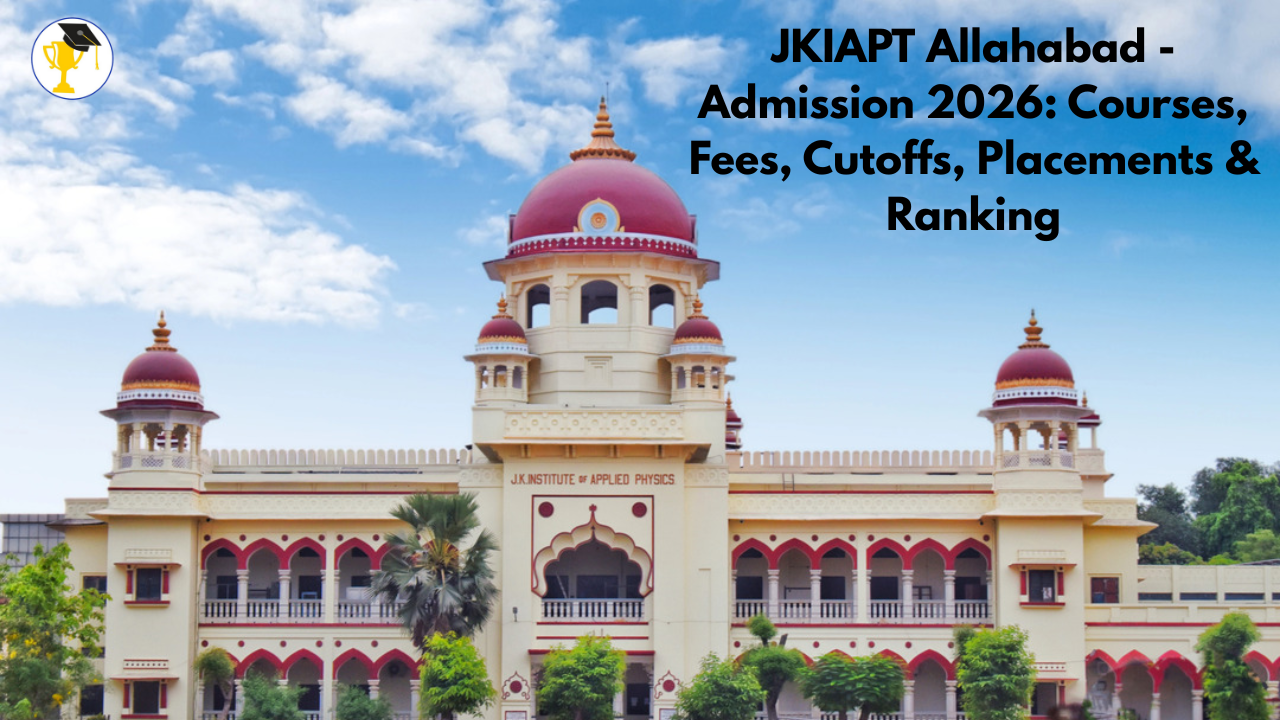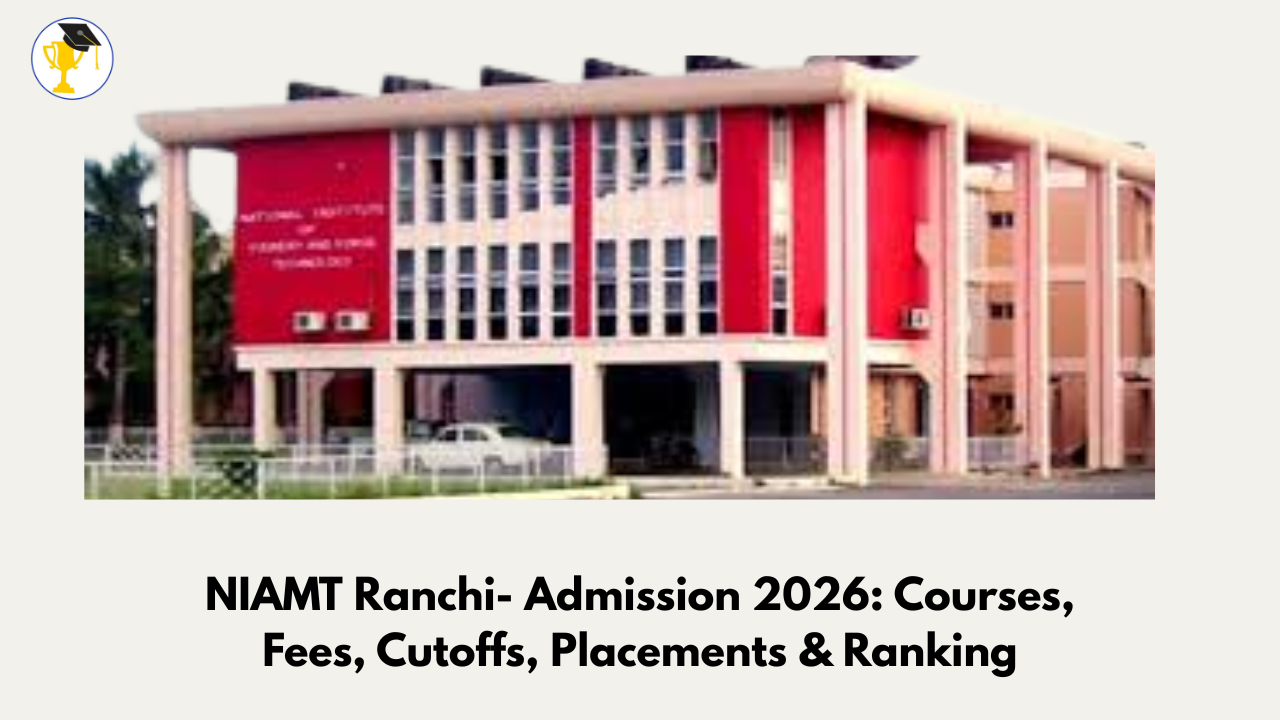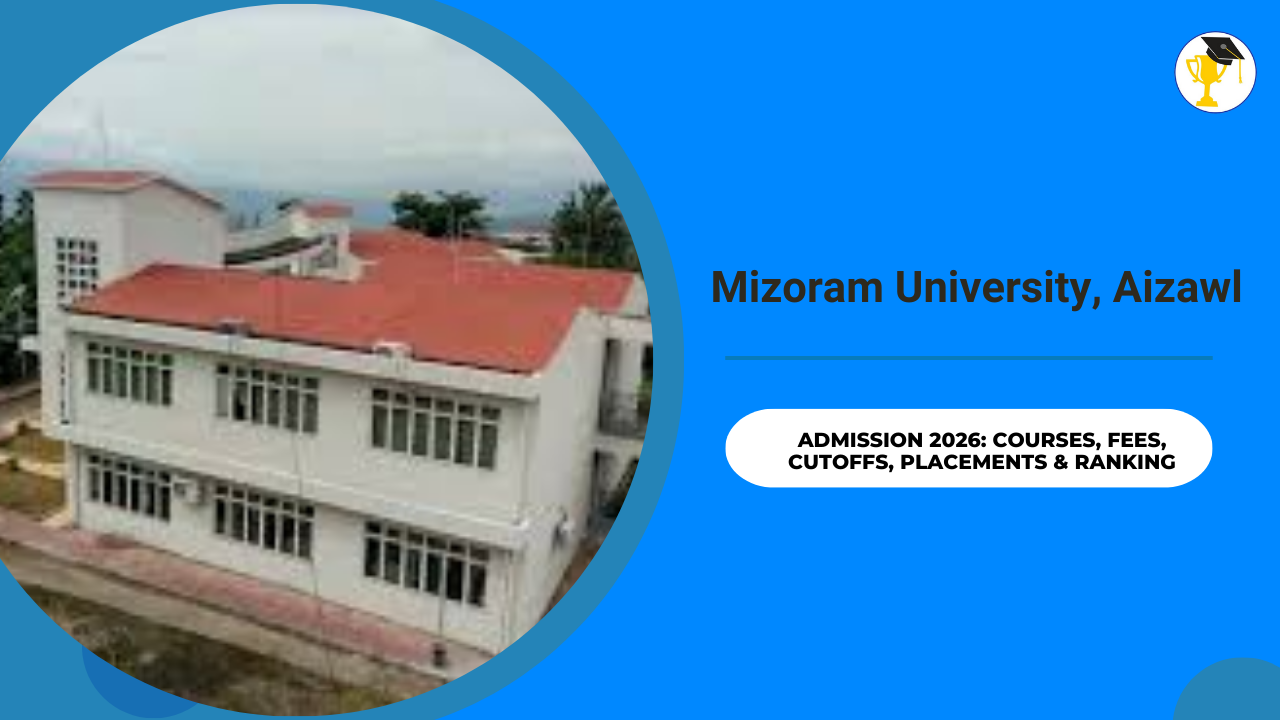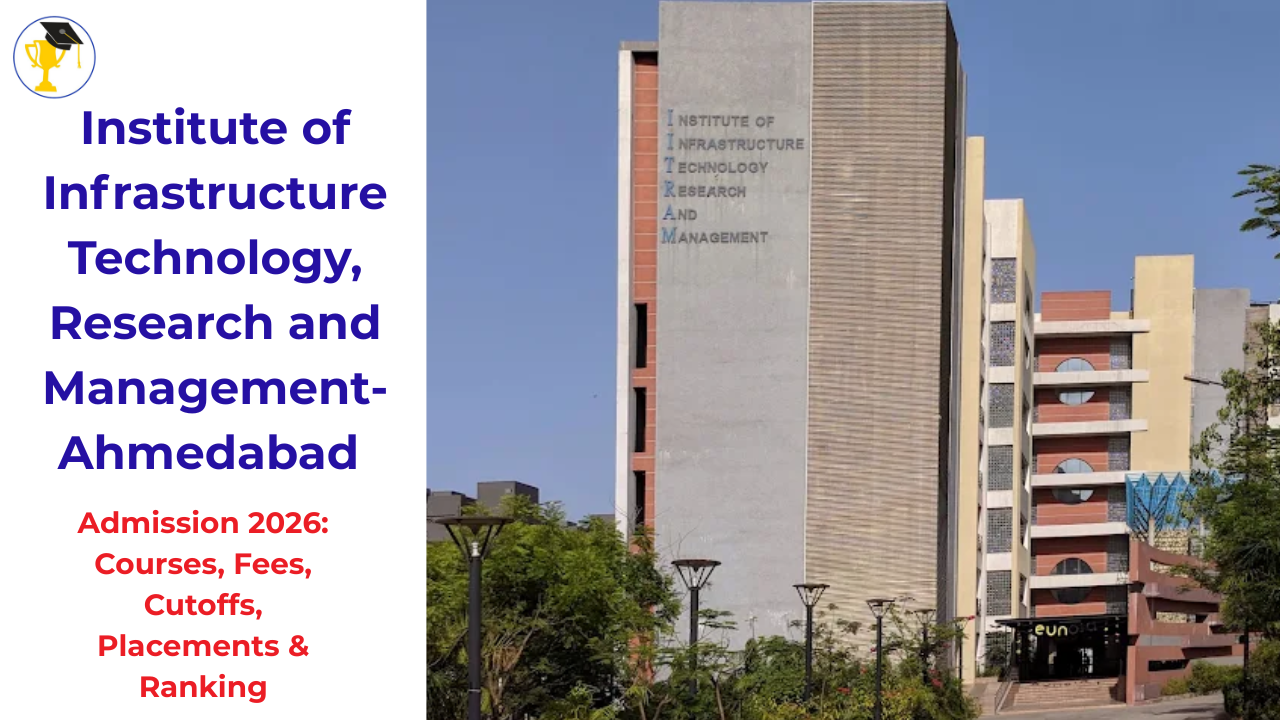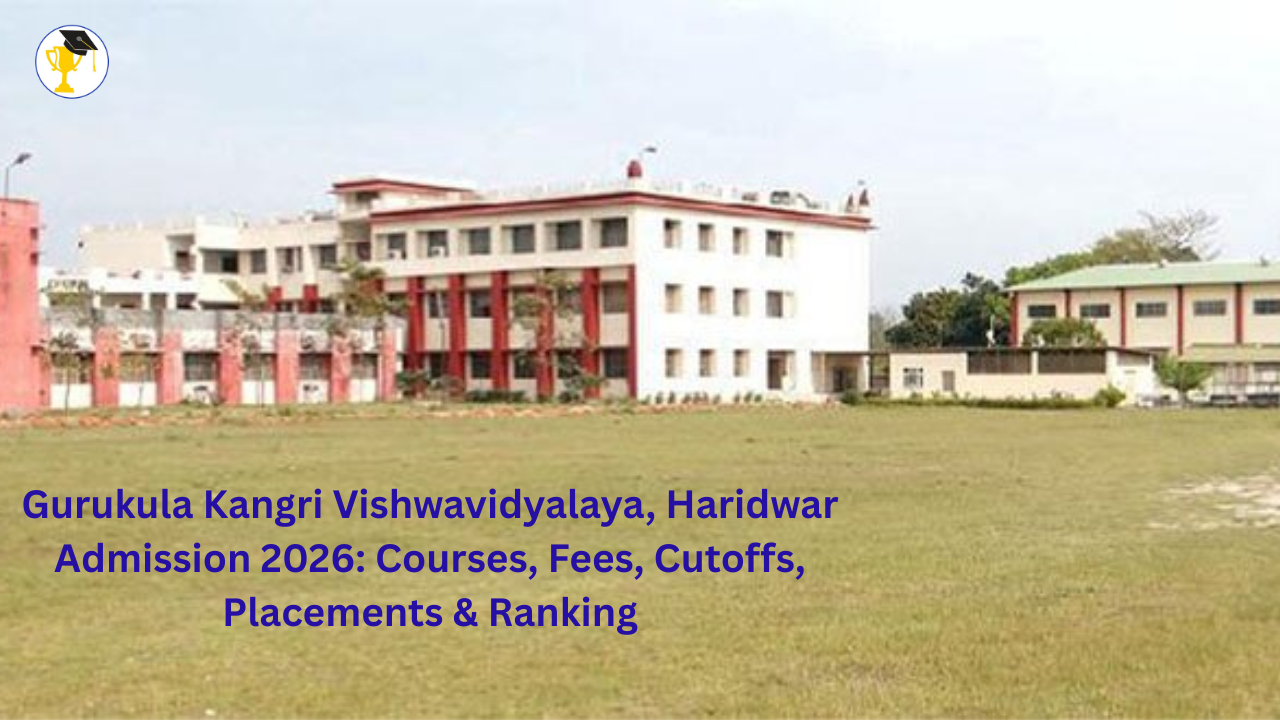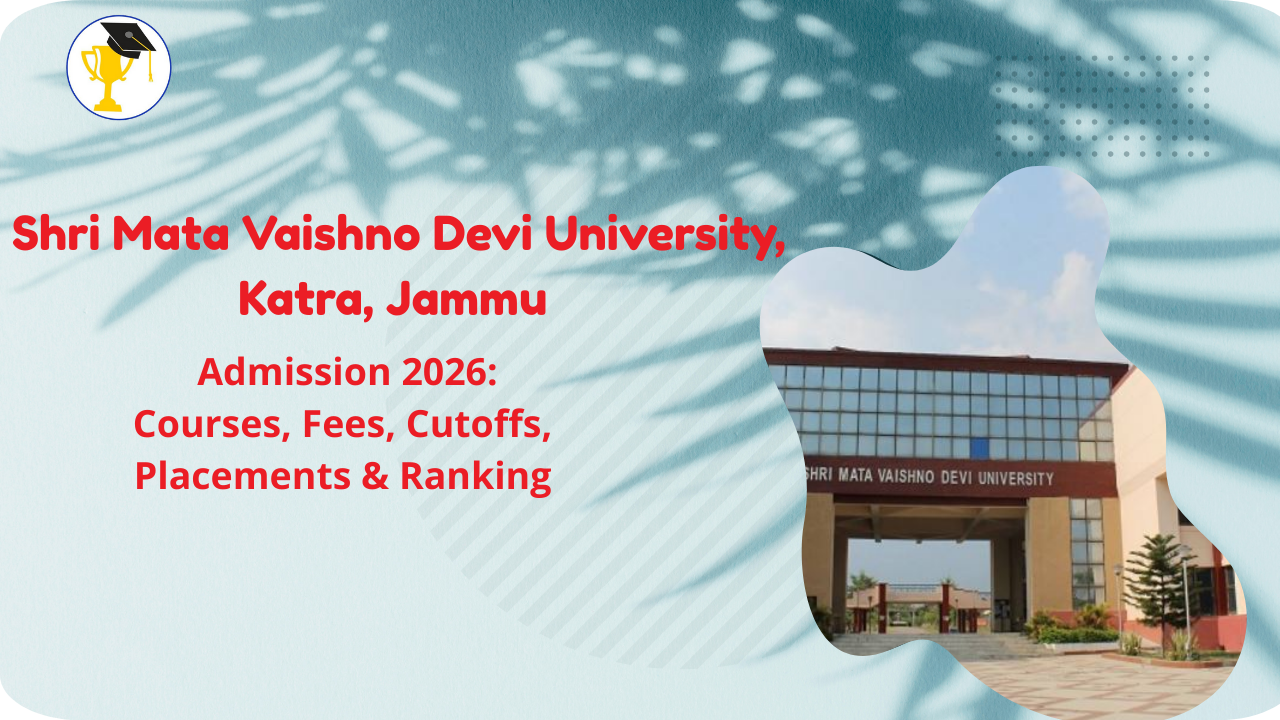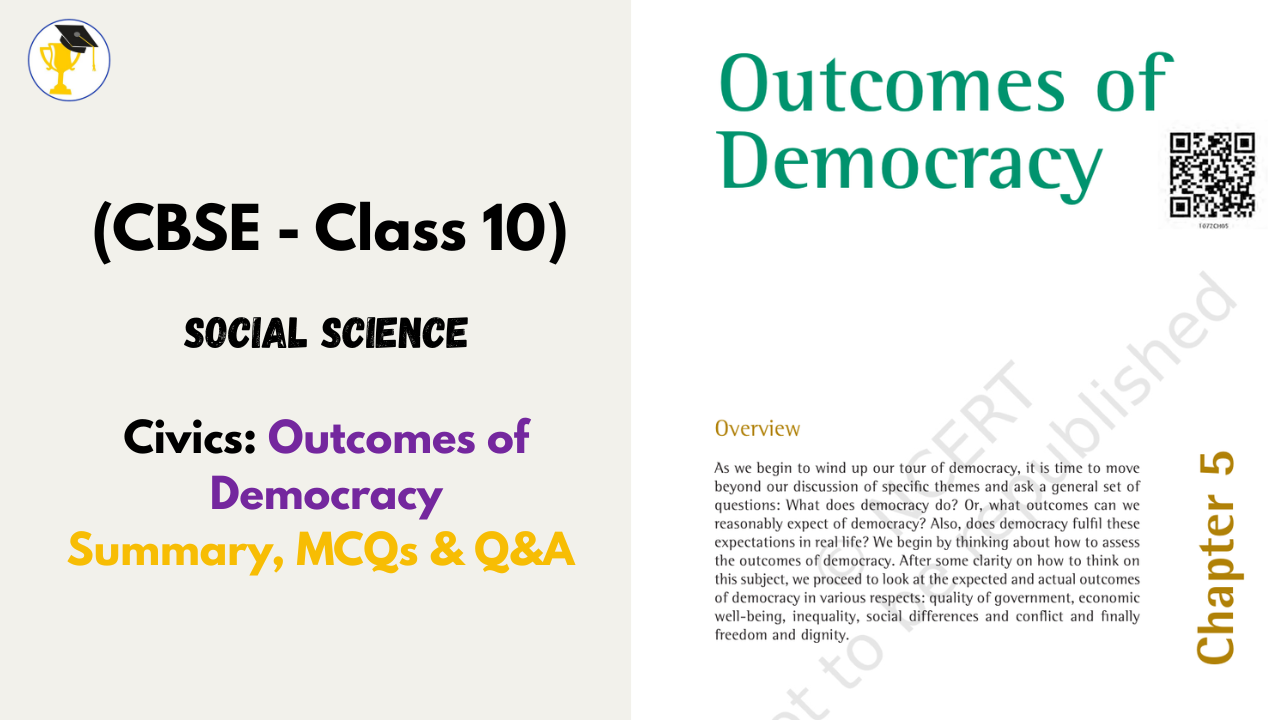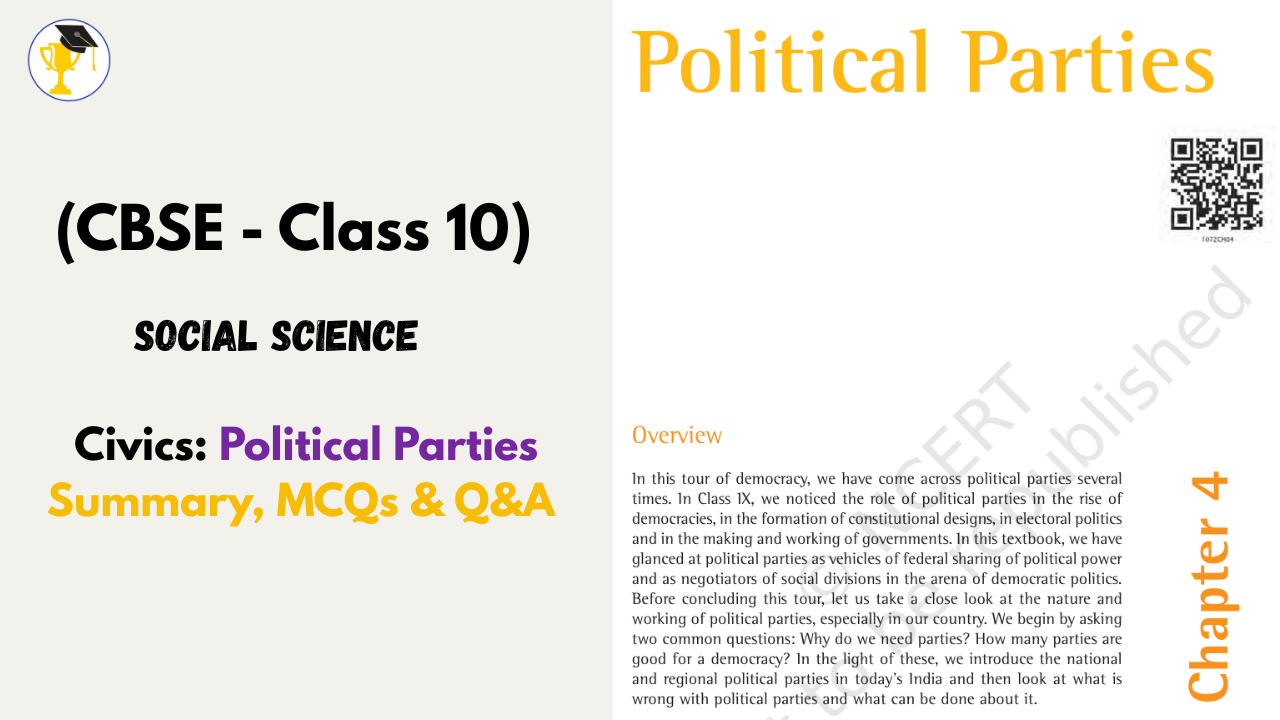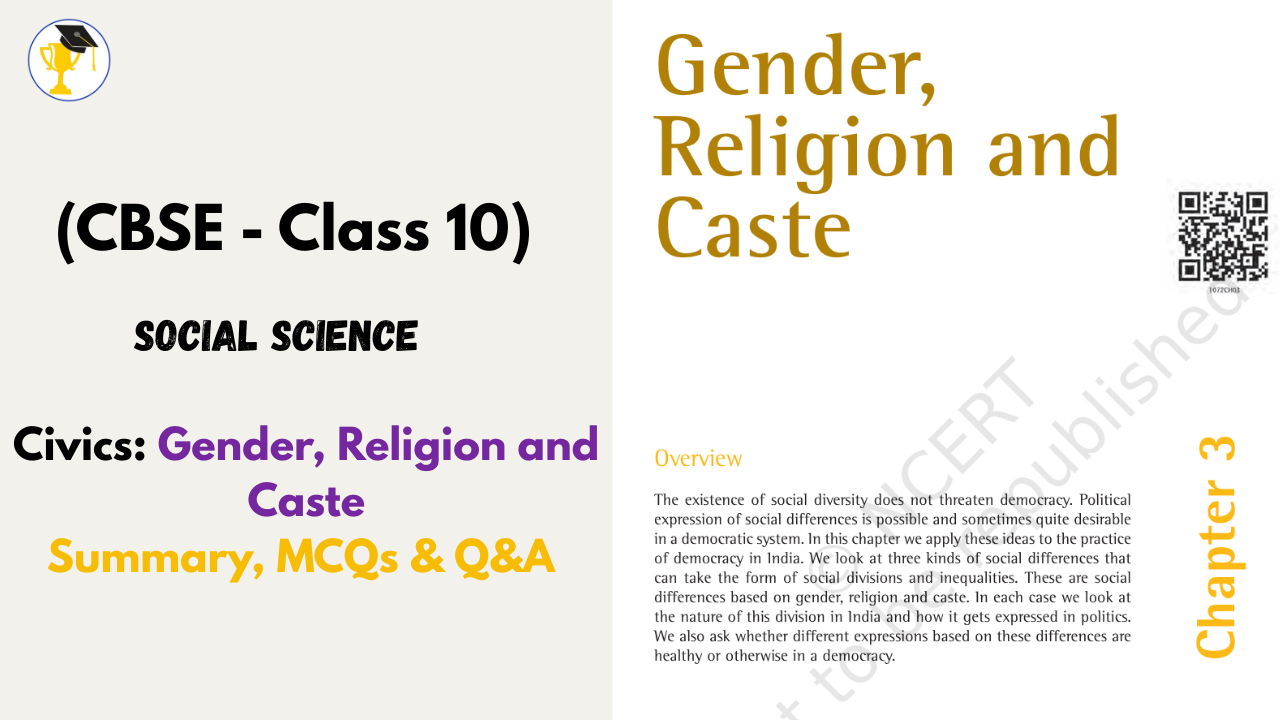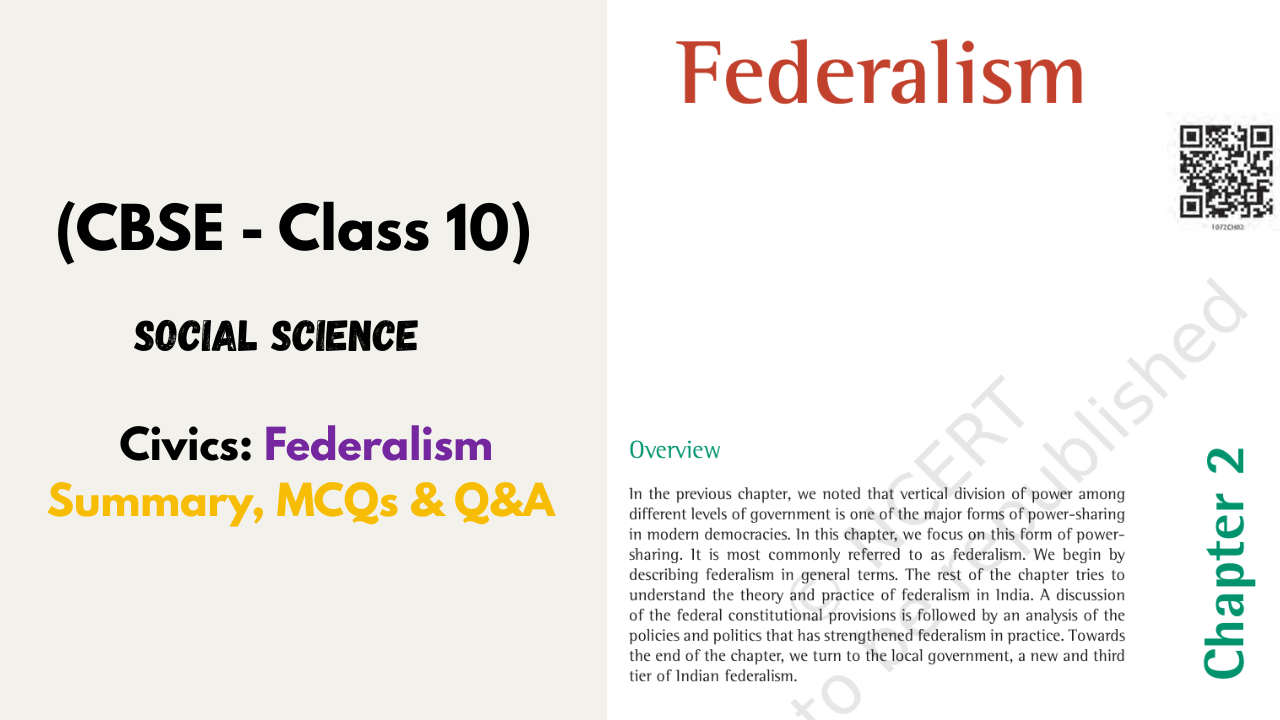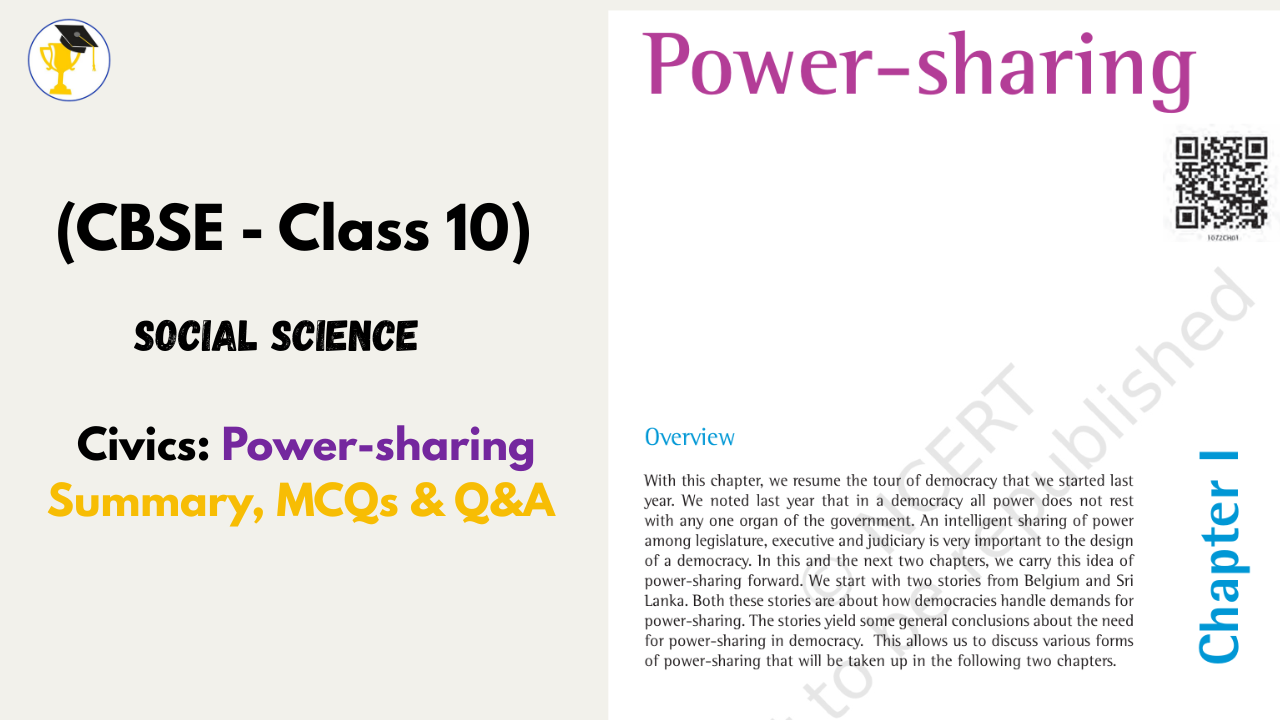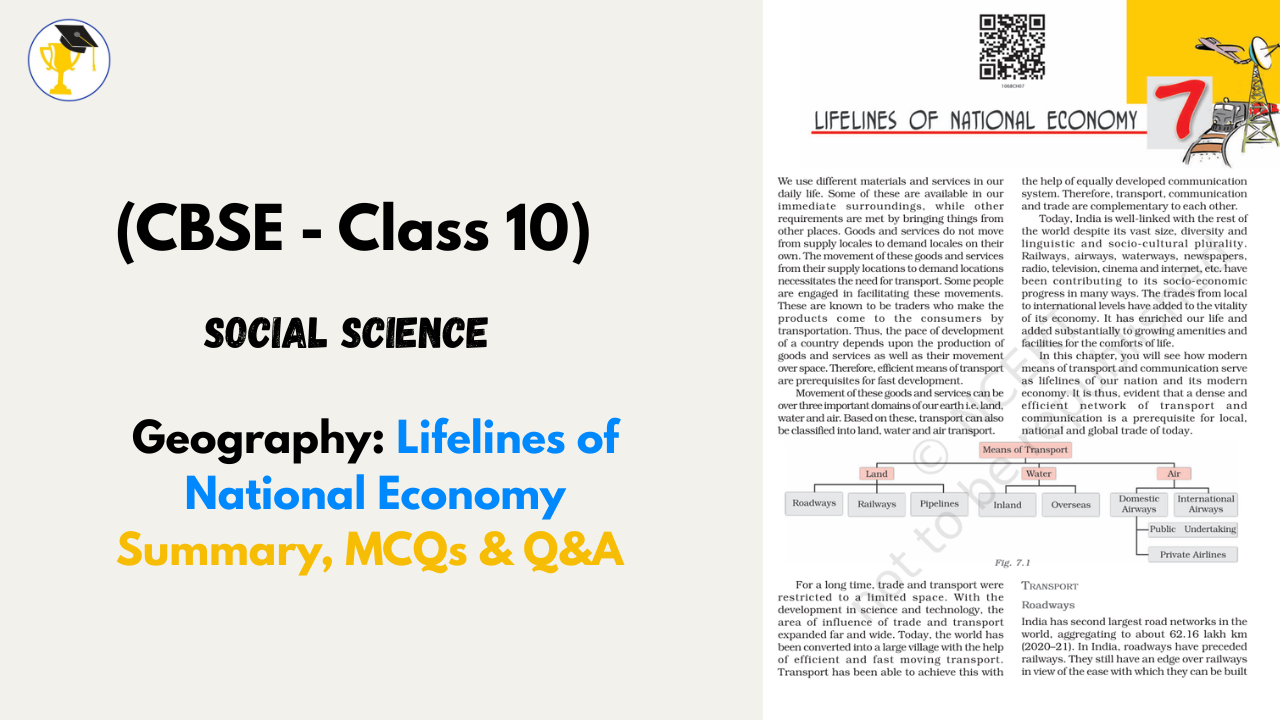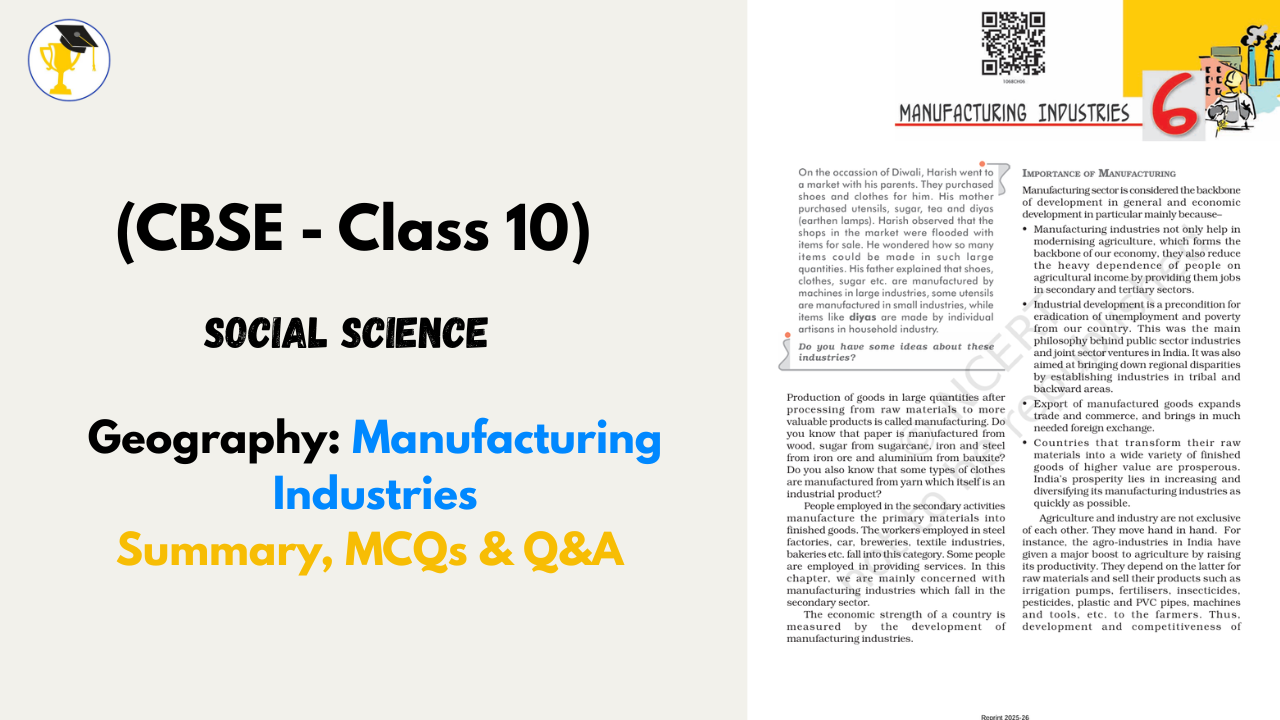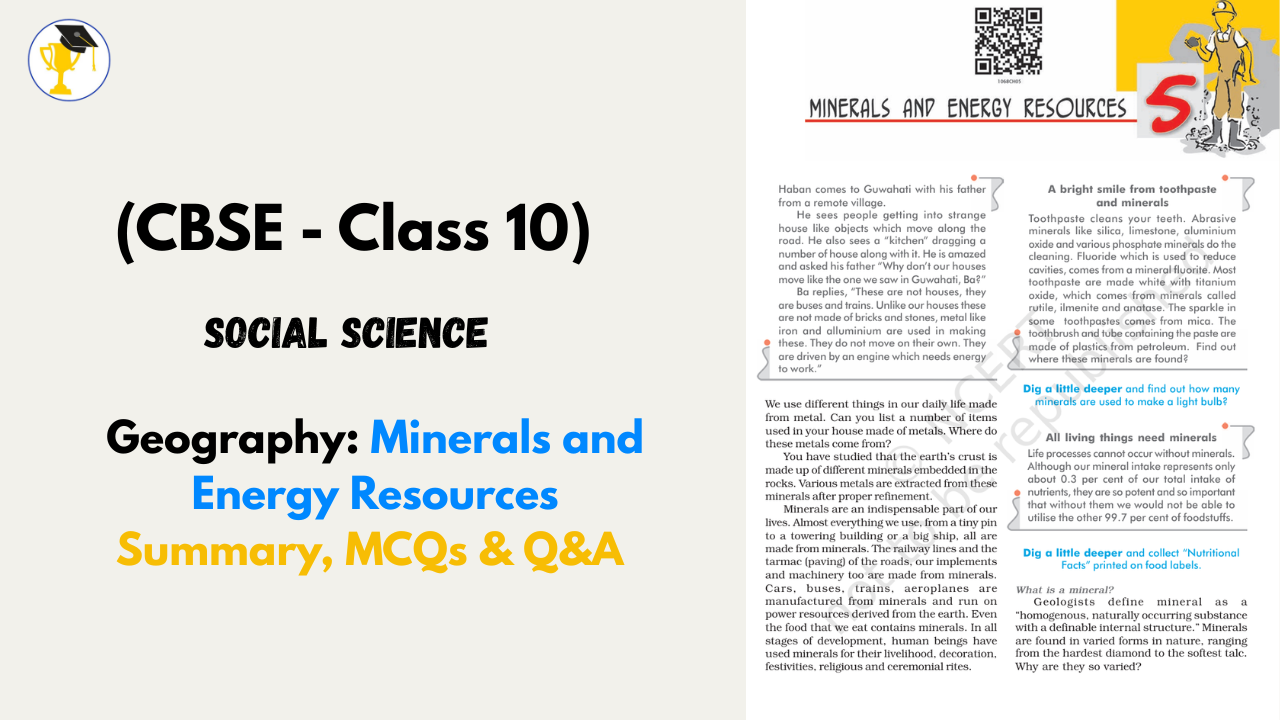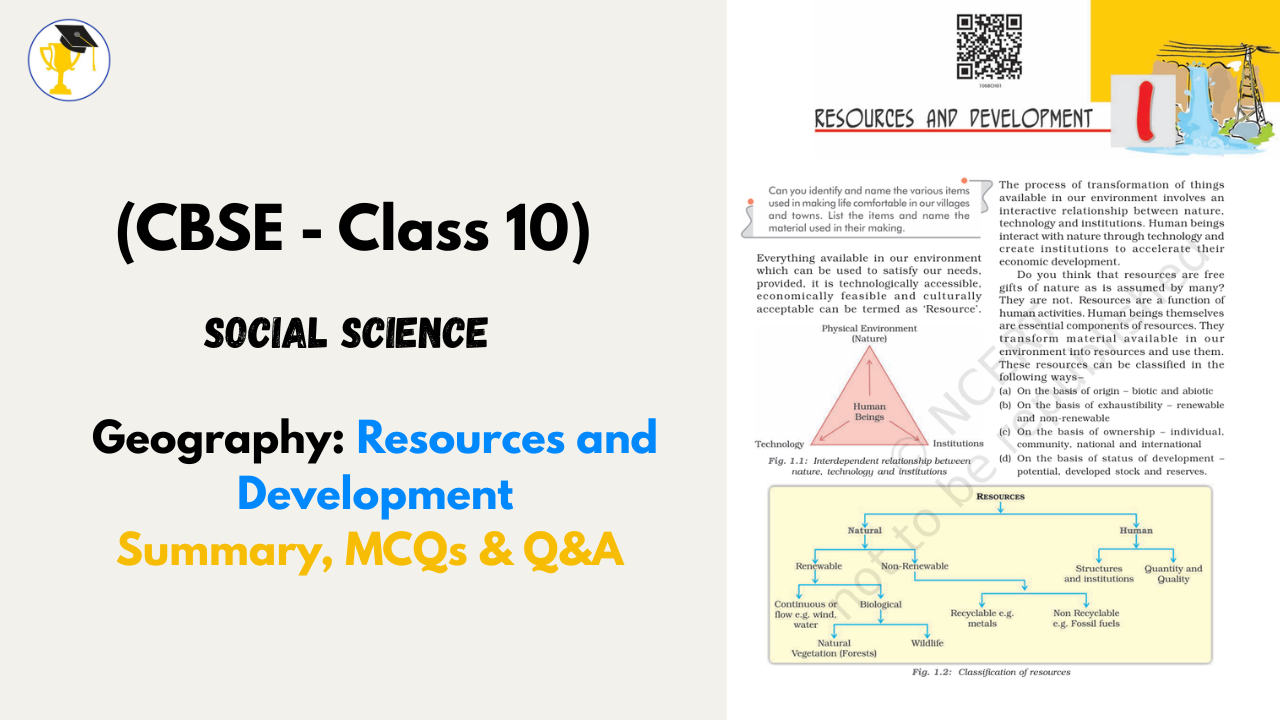Government Medical College, Satara Admissions 2025: Courses, Fees, Cutoffs, Placements & Ranking
Introduction & Institutional Snapshot
Government Medical College, Satara is a fairly new government medical institution in Maharashtra, established in 2021. It is affiliated with Maharashtra University of Health Sciences (MUHS), Nashik, and recognized by the National Medical Commission (NMC).
It was later renamed (in 2023) to Chhatrapati Sambhaji Maharaj Government Medical College & Hospital, Satara, reflecting a state government initiative to honour local historical figures. The college is intended to strengthen medical education and healthcare services in the Satara region and Maharashtra’s western districts.
Because it is new, many aspects (especially placements, super-specialty offerings, long historic data) are still evolving. But it offers a promising option for MBBS aspirants in Maharashtra.
Courses & Seat Intake
MBBS (Undergraduate)
-
The primary program currently offered is MBBS (Bachelor of Medicine, Bachelor of Surgery).
-
Duration: 4.5 years + 1 year compulsory rotating internship (total ~5.5 years)
-
Intake: 100 seats per year
-
Eligibility: Candidates must have passed 10+2 (or equivalent) with Physics, Chemistry, Biology/Biotechnology and English; minimum required aggregate (~50% for general, lower for reserved).
-
Admission via NEET-UG followed by state and national counselling routes.
As of now, public sources do not clearly list postgraduate / MD / MS or diploma courses at GMC Satara, likely because it is in early years. (Many newer medical colleges begin with MBBS first, and later expand to PG offerings.)
Fee Structure (Indicative / Expected)
Since this is a government-run college, fees are subsidised but still nontrivial. The published figures should be taken as indicative and subject to revision by state authorities.
-
Tuition fee (MBBS): ~ 1,52,100 (INR) per year in recent data.
-
Hostel fee: ~ 4,000 (INR) per month (for hostels) is mentioned in college data.
-
Other charges may include development fees, admission fees, library fees, deposits, etc.
Because the college is new, full details of separate “other fees” are still being rolled out.
Cutoffs & Admission Trends (2025 / Recent Years)
Being a newer college, cutoff trends may shift sharply in initial years. Still, some published data gives a sense of competitiveness.
MBBS Cutoff (NEET UG)
-
For General (All India Quota, Round 2, 2025), the closing rank was ~ 16,989
-
In past years, round-wise closing ranks for the General category (All India) have been approximately:
-
2023: ~15,215
-
2024: ~18,063
-
2025: ~16,989 (as above)
-
For OBC (All India) in 2025, the closing rank was ~ 18,596
-
For SC category, the closing rank in some rounds is above 1,05,743 (i.e., lower competitiveness)
Because the college is still in early years, the cutoff jumps may be more variable than established colleges.
For state (Maharashtra) quota counselling, the cutoffs may differ (often somewhat more favourable to Maharashtra domicile candidates). But the publicly posted data focuses mainly on All India quota cutoff ranks.
Placement & Career Prospects
Because GMC Satara is newly established, public, detailed placement data (average salary, number of students placed in hospitals, etc.) is not yet widely available.
However, general expectations and advantages:
-
Clinical exposure: As the associated hospital becomes fully functional and patient load increases, students should gain exposure to a variety of cases (common, emergency, specialty) — improving hands-on training over time.
-
Career paths: After MBBS, students may pursue postgraduate studies (MD / MS / diploma) via NEET PG, or join medical practice in government/private hospitals, or join rural health services.
-
Reputation & early alumni network: Because the college is new, it may take some years for alumni placement strength and reputation to mature; but being government and in Maharashtra, it has advantages in state preference, recognition, and long-term growth.
In short: for now, the placement picture is prospective and evolving; aspiring students may expect typical medical career trajectories (clinical/academic/hospital roles) once full operations stabilize.
Ranking & Institutional Standing
-
Because GMC Satara is recent (established 2021), it is not yet part of many well-known national rankings of medical colleges.
-
Some sources list an approximate All India ranking of ~270 among medical institutions (in certain aggregated lists) and a Maharashtra state ranking around 18 — though these are derived from rating sites or education aggregators, and must be taken cautiously.
-
Student review platforms assign ratings such as 3.8/5 (based on limited reviews) for infrastructure, faculty, campus life etc.
-
Because the college is new, its infrastructure, hospital functional capacity, faculty build-up, and student output will strongly influence how desired it becomes in future rankings.
Hostel & Campus Facilities
Hostel accommodation and campus amenities are important especially for outstation students. The available information is:
-
Hostel(s) are available for both boys and girls.
-
Hostel fee is about ? 4,000 per month (for MBBS students) in published data.
-
The campus is reported to have infrastructure including:
-
Classrooms, labs, library, computer labs
-
Hospital facility (teaching hospital)
-
Library and laboratories
-
Campus size ~ 60 acres is sometimes mentioned in college summaries.
-
Basic amenities: mess, cafeteria, etc expected but detailed specs (room sharing, AC/non-AC, capacity) are still maturing.
Because the college is in setup mode, some hostels or facilities may be in phases of construction or occupancy ramping up.
Strengths, Challenges & Advice for Applicants
Strengths
-
Opportunity to get into a government medical college in Maharashtra which likely will see increasing infrastructure and growth.
-
Lower subsidised fees compared to private colleges.
-
Reasonable cutoff (compared to top, historic government colleges) in initial years offers potential access, especially to strong candidates.
-
Hostel accommodation and basic facilities already planned.
-
Being within Maharashtra helps for state quota candidates (domicile benefit).
Challenges
-
Because it is new, some facilities, specialty departments, faculty, hospital throughput may be under development.
-
Placement and alumni network strength are not yet fully mature.
-
Cutoffs may steepen in coming years as awareness and demand increases.
-
Hostel capacity may be limited initially; students might face constraints or waiting lists.
-
For students from outside Maharashtra, navigating domicile, counselling, and seat allocation will require careful planning.
Advice for Aspirants
-
Aim for high NEET score: To maximize chances in Round 1 & early rounds, especially in general category.
-
Prioritize this in choice lists: Given its potential, list this college in early preferences in both All India and state counselling if it fits your NEET rank.
-
Check state quota rules: Maharashtra domicile may offer advantages; non-domicile applicants need to verify eligibility.
-
Visit campus (if possible): To assess hostel conditions, commuting, clinical exposure, faculty availability.
-
Stay updated on official disclosures: As a new college, official notifications about fee changes, bond requirements, infrastructure upgrades etc. should be closely followed (e.g. from MUHS or Maharashtra health education authorities).
-
Have backup options: Given uncertainties, also apply to other more established medical colleges.
 STUDY MATERIALS
STUDY MATERIALS
 ONLINE COURSES
ONLINE COURSES
 MORE
MORE

